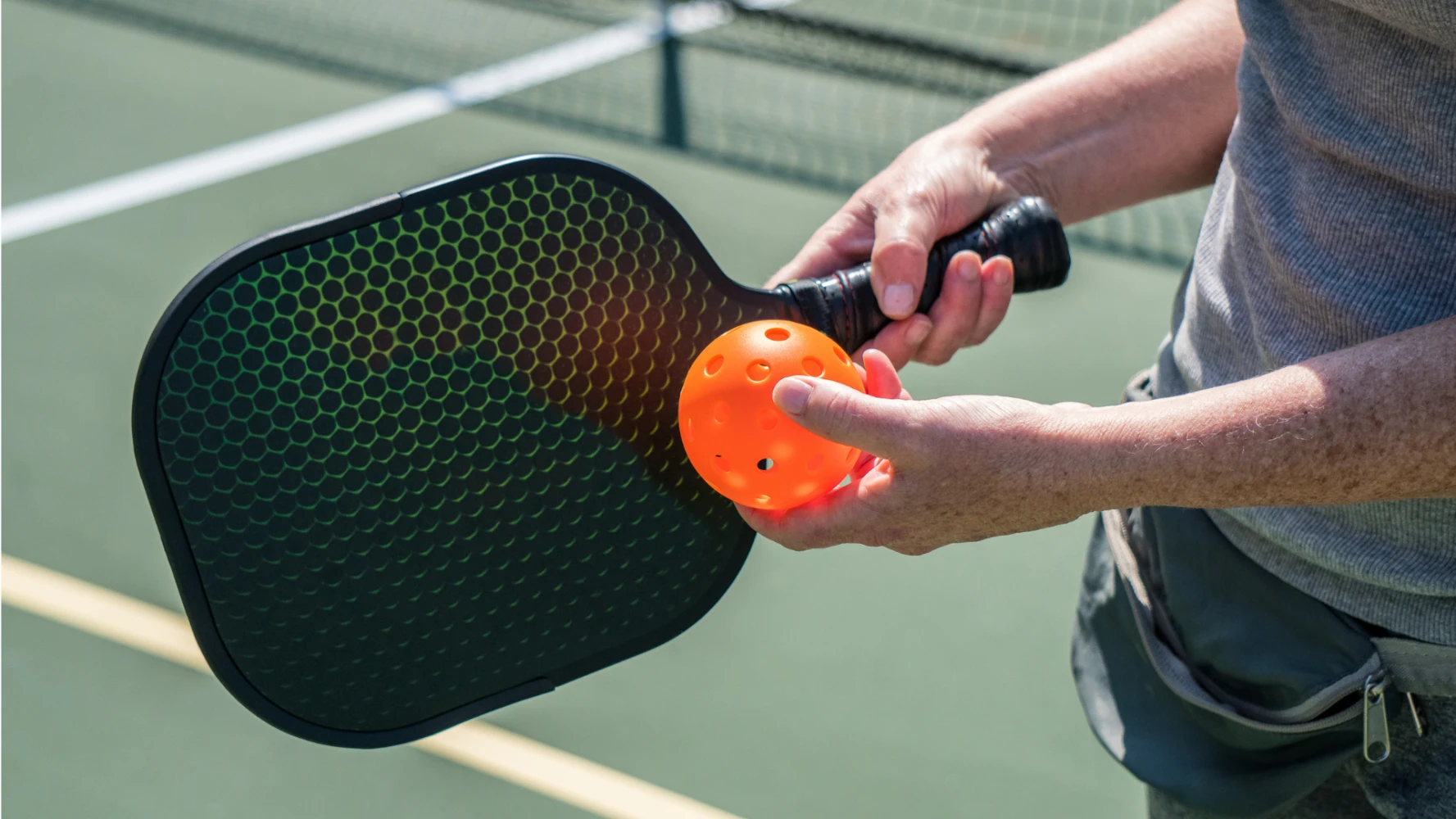Born in an American backyard, pickleball is now one of the fastest-growing racket sports in the world. This blend of tennis, badminton, and ping-pong attracts players with its friendliness, simplicity, and strategic play. But where did this uniquely named game come from? Let’s trace the history of pickleball.
The Origins: A Family-Inspired Invention
Pickleball was created in 1965 on Bainbridge Island, near Seattle, Washington, by three friends: Joel Pritchard, Bill Bell, and Barney McCallum. Looking to entertain their children, they improvised a game using ping-pong paddles, a badminton net, and a perforated plastic ball. The idea quickly caught on: simple rules, minimal equipment, and a fun atmosphere.
They named the game "pickleball", often said to be after the Pritchard family dog, Pickles. However, according to Joan Pritchard, the name actually comes from the term "pickle boat", used in rowing for crews made up of mixed rowers—just like this hybrid sport.
Growing Popularity in the United States
In the 1970s and 1980s, pickleball moved from private yards into schools, community centers, and retirement homes across the U.S. Its easy learning curve, moderate intensity, and social appeal attracted a diverse audience. In 1984, the USA Pickleball Association (USAPA) was founded to organize and promote the sport.
Today, over 5 million Americans play pickleball, with exponential growth since the pandemic. Courts are popping up everywhere: in private clubs, public parks, and even high-end sports facilities.
International Expansion: Pickleball Goes Global
In the 2000s and 2010s, pickleball expanded beyond the U.S. It can now be found in Canada, Spain, India, Japan, France, Australia, and many other countries. National federations are forming, and international tournaments are emerging, supported by the International Federation of Pickleball (IFP).
Europe is beginning to structure its practice of the sport, with growing attention from the media and sports clubs.
Toward Global Sporting Recognition?
Pickleball is still far from the Olympic Games, but its growth is remarkable. It’s now attracting professional athletes, with circuits such as the PPA Tour (Professional Pickleball Association) and Major League Pickleball (MLP). Some former tennis players are switching over, drawn by the sport’s dynamic nature.
This hybrid, fun, and strategic sport might just be the next racket sport revolution on a global scale.




Comments